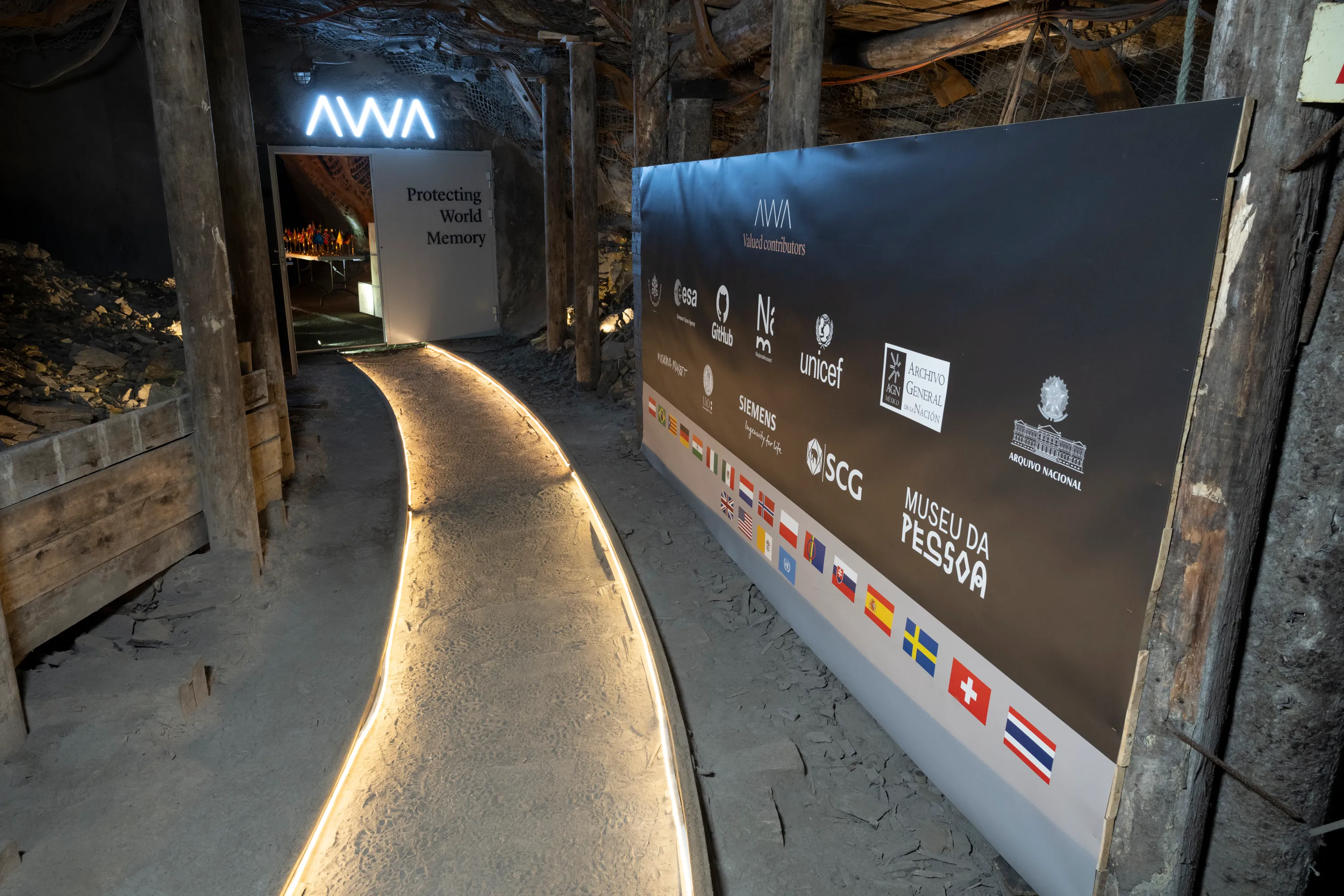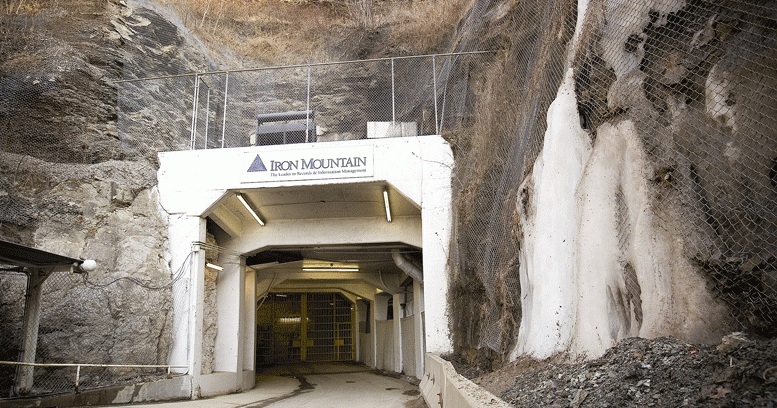By Sebastien Krajka, Heritage Coordinator at the Arctic World Archive (AWA)
Every day, I speak with archivists, librarians, IT managers, and cultural leaders who share the same challenge: how can we ensure that the knowledge we create today is still accessible in 5, 10, 25 or even 100 years?
This question is at the heart of choosing the right data archiving solutions in 2025-2026.
It’s a responsibility that feels both exciting and daunting. Technology is evolving faster than ever, storage devices fail, cloud providers shift their models, and digital formats risk becoming obsolete. The result is that much of our cultural, scientific, and institutional memory is at risk of disappearing sooner than expected.
That’s why organizations are now looking for data archiving solutions that go beyond simple storage. The focus is no longer just on cost or capacity, but on trust, resilience, and long-term preservation. Whether you are protecting scientific research, corporate records, or cultural heritage, it’s critical to know which solutions can stand the test of time.
1. Arctic World Archive (AWA)
The Arctic World Archive (AWA) is more than a storage facility — but a repository for World Memory, located deep inside a secure mountain vault on Svalbard, Norway.

Here, we safeguard the world’s most valuable digital treasures against digital decay, natural disasters, climate change, and even war. By preserving humanity’s memory in the Arctic permafrost, we ensure that our collective story remains authentic, trusted, and accessible for centuries — even millennia — to come.
AWA utilizes a unique, well tried and tested, secure and sustainable data storage technology that enables the preservation of all kinds of heritage and memory. Unlike cloud or hardware-based solutions that depend on constant upgrades, our technology is offline, tamper-proof, and designed to endure across generations. It is often used as a complementary layer of protection — the last safeguard when all other systems fail.
This is why leading institutions such as UNESCO, the Vatican Library, the European Space Agency, and national archives worldwide have chosen AWA. Depositing in Svalbard is not only a practical decision but also a symbolic act: a declaration that this knowledge matters and must outlast us all.
In a world where technologies change by the decade, the Arctic World Archive stands as a beacon of stability, resilience, and trust — and the leading choice among data archiving solutions in 2025.
2. Amazon S3 Glacier Deep Archive
Amazon’s S3 Glacier Deep Archive is one of the most popular cloud-based options for long-term storage. It offers virtually unlimited scalability, low storage costs, and smooth integration within the AWS ecosystem, making it an attractive choice for enterprises that already rely heavily on Amazon Web Services. For businesses that need a reliable, compliant, and flexible way to store data for decades, Glacier remains a trusted solution.

The main limitations are retrieval time and vendor dependency. Data stored in Glacier can take hours to access, which is not ideal for urgent retrieval. In addition, institutions remain tied to Amazon’s pricing models and long-term infrastructure decisions, which raises questions about sustainability and independence. While powerful for enterprise needs, Glacier is not designed for ultra-long-term preservation measured in centuries.
3. Google Cloud Archive
Google’s Cloud Archive (Colossus) is designed for organizations that need to store large amounts of data with strong integration across Google’s ecosystem. It offers scalability, advanced indexing, and machine learning tools that make searching and managing archived data efficient. For businesses already using Google Cloud services, it provides a convenient extension of their existing infrastructure.

However, like other cloud-based services, it relies on long-term vendor stability and subscription models. While it excels at accessibility and seamless integration, it remains a technology-driven solution focused on enterprise needs rather than deep cultural or heritage preservation. For many organizations, it serves as a practical and flexible option for digital archiving in the near to mid-term.
4. Iron Mountain Digital Preservation
Iron Mountain has built a strong reputation over decades as a trusted partner in information management and secure storage. Its digital preservation services extend that legacy, offering enterprises a structured approach to archiving data with a focus on compliance, security, and long-term business continuity. The company combines physical infrastructure with digital solutions, giving clients a hybrid approach to safeguarding their information.

That said, Iron Mountain’s offering is primarily tailored to the corporate sector, with an emphasis on regulatory requirements and enterprise records. While it provides reliability and a long-standing brand, it is less specialized in addressing cultural or heritage preservation. For many organizations, however, it remains a dependable and recognized choice in the archiving landscape.
5. Preservica
Preservica is a digital preservation platform widely adopted by archives, libraries, and museums. It offers user-friendly tools for managing metadata, ensuring file format migration, and keeping digital collections accessible over time. Its cloud-based service is particularly attractive for organizations seeking a straightforward, professional solution tailored to cultural heritage needs.
While effective for medium- to long-term preservation, Preservica relies on continuous platform updates and ongoing subscription models. Its time horizon is generally measured in decades rather than centuries, making it well-suited for institutions that need practical and flexible archiving support without necessarily planning for ultra-long-term safeguarding.
The landscape of data archiving solutions in 2025 offers a wide range of options, from cloud services designed for business continuity to specialized platforms for libraries and archives. Each has its strengths, and the right choice depends on your institution’s needs, resources, and vision for the future.
What is clear, however, is that preservation is no longer just about storage but ensuring trust, longevity, and resilience in the face of rapid technological change. That’s why the Arctic World Archive (AWA) is becoming a leading choice for organizations that want to safeguard knowledge not only for decades, but for centuries to come.
If your mission is to protect information that truly matters, it may be time to get in touch with us!




